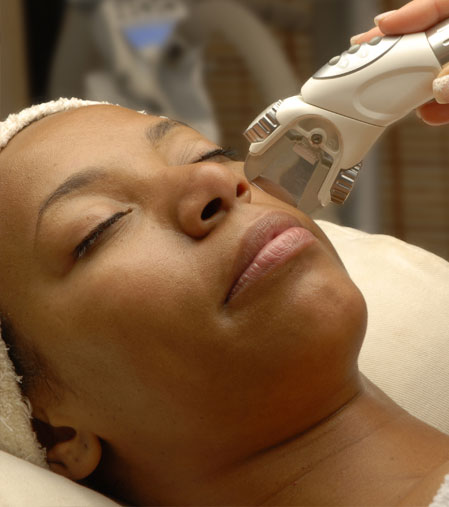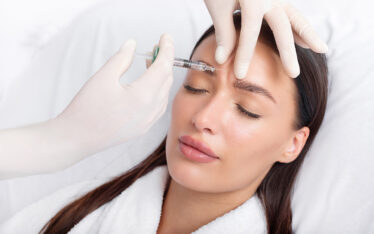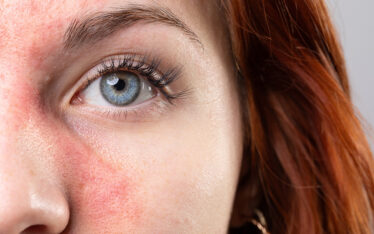Summer Fun in the Sun: Protect your Kids!

School’s almost out and everyone (especially the kids) are looking forward to a break from the regimented schedules and early wake-up calls. Parents are often looking for fun activities for their kids to do outdoors to wear off some of that youthful energy. Whether its swimming, biking, hiking, camping, gardening, baseball, soccer, tennis or summer camp-kids are going to be outdoors…a lot.
Although it’s exciting to think about the warm days ahead, we need to be prepared to protect our children and grandchildren from the strong UV rays of the sun. It is crucial to start now to encourage good life-long habits and to help decrease the development of skin cancer that we unfortunately encounter and treat so often in adults with a history of sun exposure.
The following are tips to remember all throughout the year, but especially over the summer months!
S = Shade. Seek the shade! Take breaks from the peak hours of the day (10 am to 4 pm) to limit exposure to the most direct rays of the sun. For babies under 6 months-shade is the best way to protect their sensitive skin that is at a high risk for sunburn.
U = UPF Protective Clothing. This is a great alternative (or addition) to use of widespread sunscreen on the body and head. A UPF label ensures it has been safely tested. A 50+ UPF rating is recommended and blocks up to 98% of the sun’s harmful rays. Regular clothing does NOT provide similar protection. Sunglasses are also highly recommended!
M = Mineral based. The best options for sunscreen are mineral based, physical blockers. Two important ingredients you should search for in labels include Zinc Oxide or Titanium Dioxide. These block out the full UV spectrum and are safer for your child(ren) and the environment.
M = Medicines. Certain medications (topical and oral) can increase the risk of sunburn. If your child is taking an oral antibiotic or other medications for acne it may increase their risk of sensitivity to the sun. E = Even application. Apply sunscreens evenly to all exposed areas of the skin. The sunscreen should be at least 30-50 SPF. Sprays are popular but may provide uneven protection and can get inhaled into the lungs. Stick with the mineral based lotions and creams if able.
R = Reapply. One of the most critical pieces of sun protection is remembering to reapply often, at least every 2 hours! Swimming can decrease protection of sunscreen even if the label reads water resistant. Sweating and other daily activities can decrease its duration of effectiveness as well.
If your child gets a sunburn don’t panic. It happens to all of us!
• Apply cool compresses to your child’s burn or have your child take a cool shower or back.
• Keep your child hydrated with liquids (especially water).
• Apply moisturizing creams or gels that contain aloe vera to help soothe the sunburned areas.
• Treat any pain with pediatric dosed Ibuprofen or Acetaminophen, NOT Aspirin.
Have a wonderful summer, stay safe and practice good sun habits to help your child avoid the pain of sunburns and to give them guidance that will help protect them for life.
Reach out to any of us at Clarus if you have further questions on sunscreen recommendations or any new skin concerns arise for your or your children. We are here to help!
Meghan Brant PA-C
www.kidshealth.org (Sun Safety for Parents)
www.healthblog.uofmhealthy.org (5 Misconceptions about Kids & Sunscreen)
www.mayoclinichealthsystem.org (3 Sun Safety Reminders)
www.health.harvard.edu (Sun Protection: Appropriate Sunscreen Use)
www.chop.edu (How to Protect Kids from the Sun)




